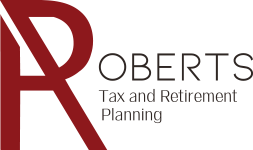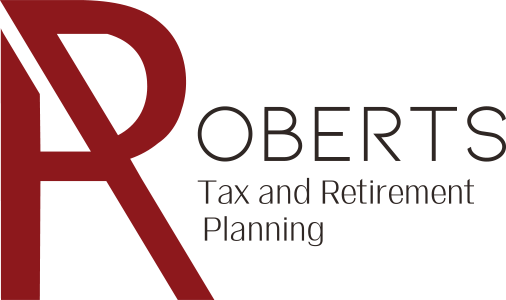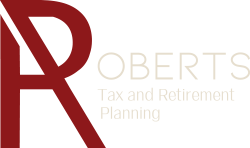Key Points of the Retirement Bucket Strategy
- The retirement stage in your life is one of the most significant financial decisions you will make. Thus, it is important to choose a strategy that works for your situation.
- Allocating your retirement savings into different “buckets” can be a good strategy for managing risk and ensuring that you have enough money to last throughout your retirement.
- The retirement bucket strategy involves creating separate investment portfolios for different stages of your retirement.
When it comes to retirement, there are many things to think about. How much money do you need to save? When should you start withdrawing money? What will your income look like in retirement? These are all important questions to ask yourself as you plan for retirement. One strategy that has become popular to address many of these questions is the retirement bucket strategy.
What Is the Retirement Bucket Strategy?
The retirement bucket strategy helps you manage your retirement income. Then, you can make the most of your savings for all of your retirement expenses. A typical bucket strategy involves dividing your assets into multiple “buckets” or investment accounts, each with its own unique goals and timelines. For example, you might have a bucket that is focused on covering your living expenses right away. Another bucket could focus on covering long-term care or other expenses that might come up later in retirement.
There are different ways to structure your retirement bucket strategy, and no one approach is best for everyone. However, there are some key considerations when designing your own bucket strategy. For example, consider the amount of risk you’re comfortable with, how much time you have to save, and your investment goals.
How to Use the Retirement Bucket Strategy
There are different factors to consider when using the retirement bucket strategy. For example, one key factor is the amount of risk you’re comfortable with. Some people prefer to have more conservative investment options, such as bonds or cash. Others are willing to take on a higher level of risk to potentially earn higher returns.
Another important factor is your investment timeline. If you have many years until you need to start withdrawing money from your retirement savings, then you have more flexibility in terms of how much risk you can take on. On the other hand, if you need to start withdrawing money sooner, stick with lower-risk investments.
The retirement bucket strategy is broken down into several key components – asset allocation, withdrawal strategies, and tax considerations. Understanding these concepts and making the right choices for your situation can help you create a successful retirement plan and reduce the risk of running out of money in retirement.
Let’s break down each retirement bucket:
The Immediate Bucket
Your immediate bucket is focused on covering your day-to-day expenses right away. This might include things like housing, food, and medical care. Liquidity is key for this bucket because you will need to be able to access your money at any time. If you need a yearly income of $50,000 to cover your retirement expenses, then your portfolio should have enough money to provide you with this income on an annual basis. However, $100,000 might be a reasonable amount to start with. Investments such as high-yield savings accounts and T-bills can be good options for this bucket since they provide liquidity and low risk.
The Intermediate Bucket
Your intermediate bucket is focused on covering future expenses. Typically, the intermediate bucket focuses on years 2 to 10 of your retirement. Investments that have low risk but can offer some growth over time, such as CDs and short-term bonds, are good options for this bucket. Inflation must be taken into consideration when designing your intermediate bucket since it can cause the value of your assets to gradually decrease over time.
The Long-Term Bucket
Your long-term bucket is focused on covering your later years in retirement when your expenses will likely be higher. The long-term bucket should also have investments that can help to hedge against inflation so that your assets can maintain their value over time. This bucket might include more aggressive investments, such as stocks or real estate. These types of investments have the potential for higher returns but also carry a greater risk of loss.
What Are the Drawbacks of the Retirement Bucket Strategy?
While it has become popular in recent years, many financial experts believe that the retirement bucket strategy is not always the best choice. While it can work well in some situations, there are also several drawbacks to this approach.
One of the main pros of using a retirement bucket strategy is that it can help you manage your investment risk by creating separate portfolios for different stages of your retirement. This can give you more flexibility in terms of the types of investments that you choose. Then, ensure that your assets are protected no matter what happens in the market.
However, there are also several potential cons to consider when using a retirement bucket strategy. One major drawback includes difficulty finding the right balance between investing in lower-risk assets and taking on more risk to achieve higher returns. In addition, this approach requires a lot of ongoing maintenance, as you need to continually re-evaluate your investments and adjust them as needed.
Another drawback to the retirement bucket strategy is the challenges that come with rebalancing your portfolio. When the market moves up or down, make changes to your investments to maintain balance between risk and return. This can be time-consuming and difficult to do on your own. Thus, you need to hire professional help to manage your portfolio using this approach.
Overall, the retirement bucket strategy can be a good choice for some investors. However, it’s important to carefully consider your financial situation and goals before making any decisions about how to invest your retirement savings.
Wrap Up
Some key factors to consider when designing your retirement bucket strategy include your investment timeline, your level of risk tolerance, and the types of investments that make sense for each stage of your retirement. Working with a financial advisor can help ensure that you make the right choices for your specific situation. With careful planning and smart investing, your retirement savings will support you throughout your golden years.
At Roberts Tax and Retirement Planning, we have years of experience working with clients to develop effective retirement bucket strategies that help them achieve their financial goals. Whether you are just starting to think about retirement or are already in the process of building your retirement savings, we can help you design a customized investment plan that is right for you.
Call us today at 480.270.2802 to book an appointment!







